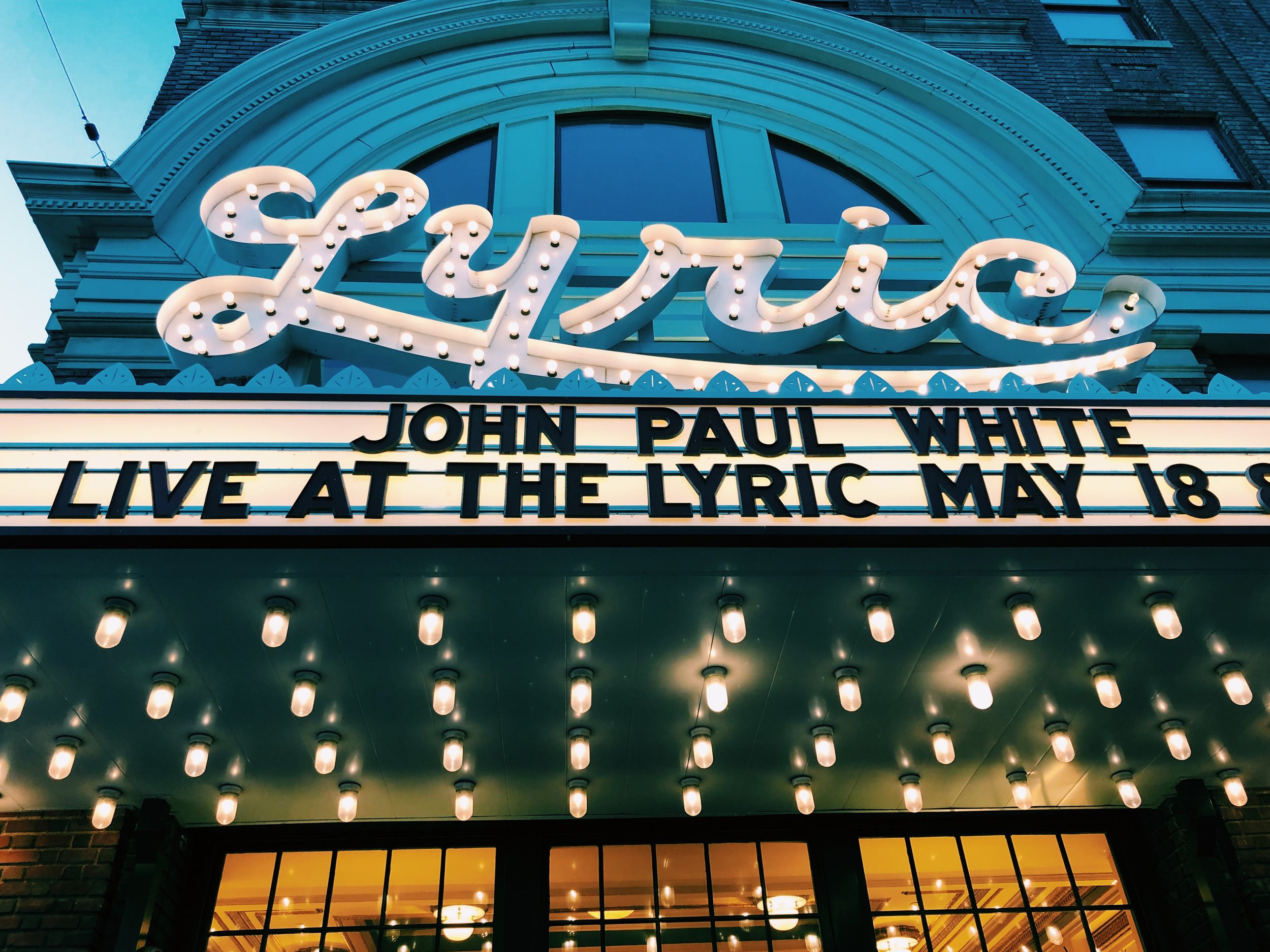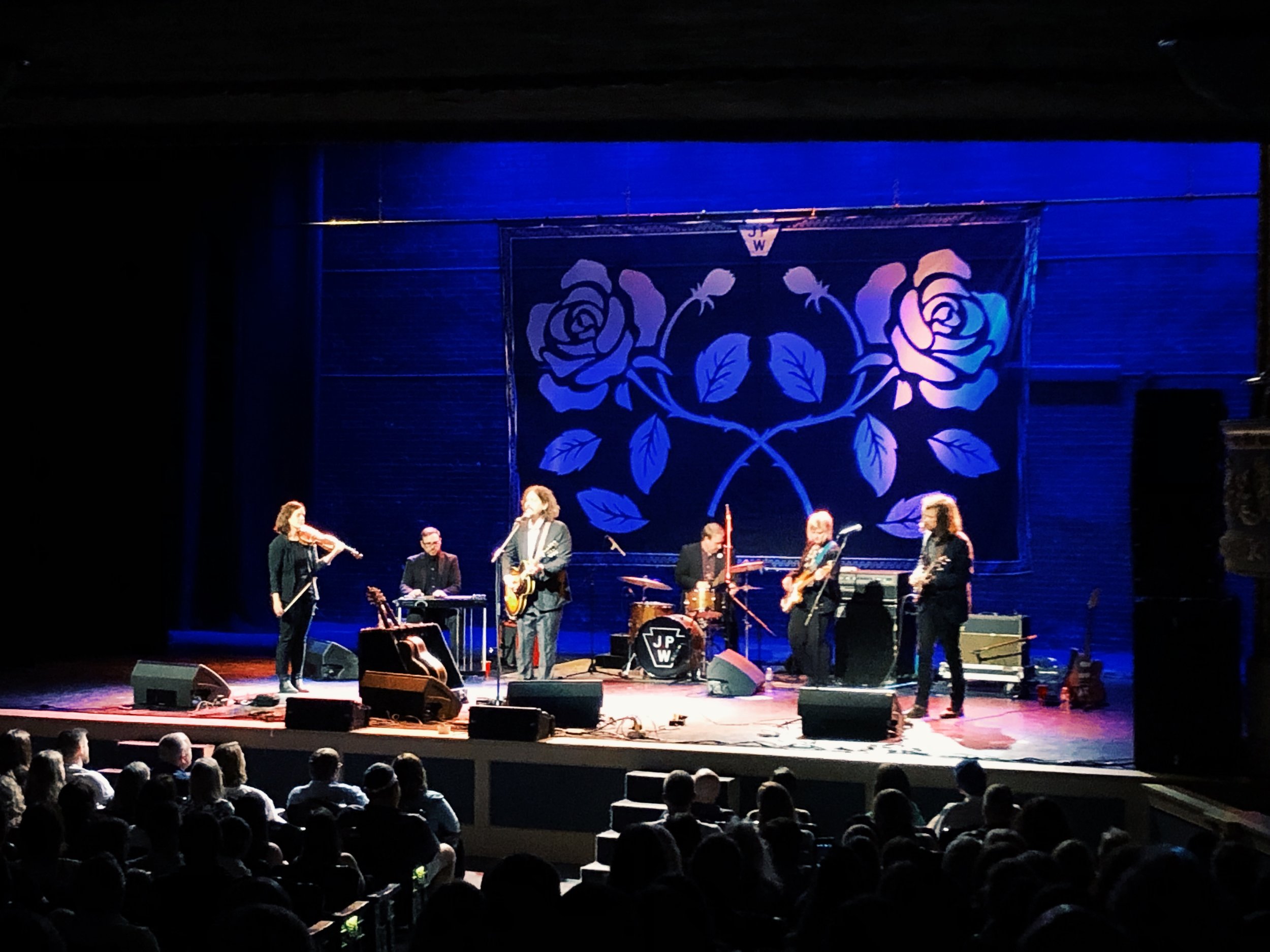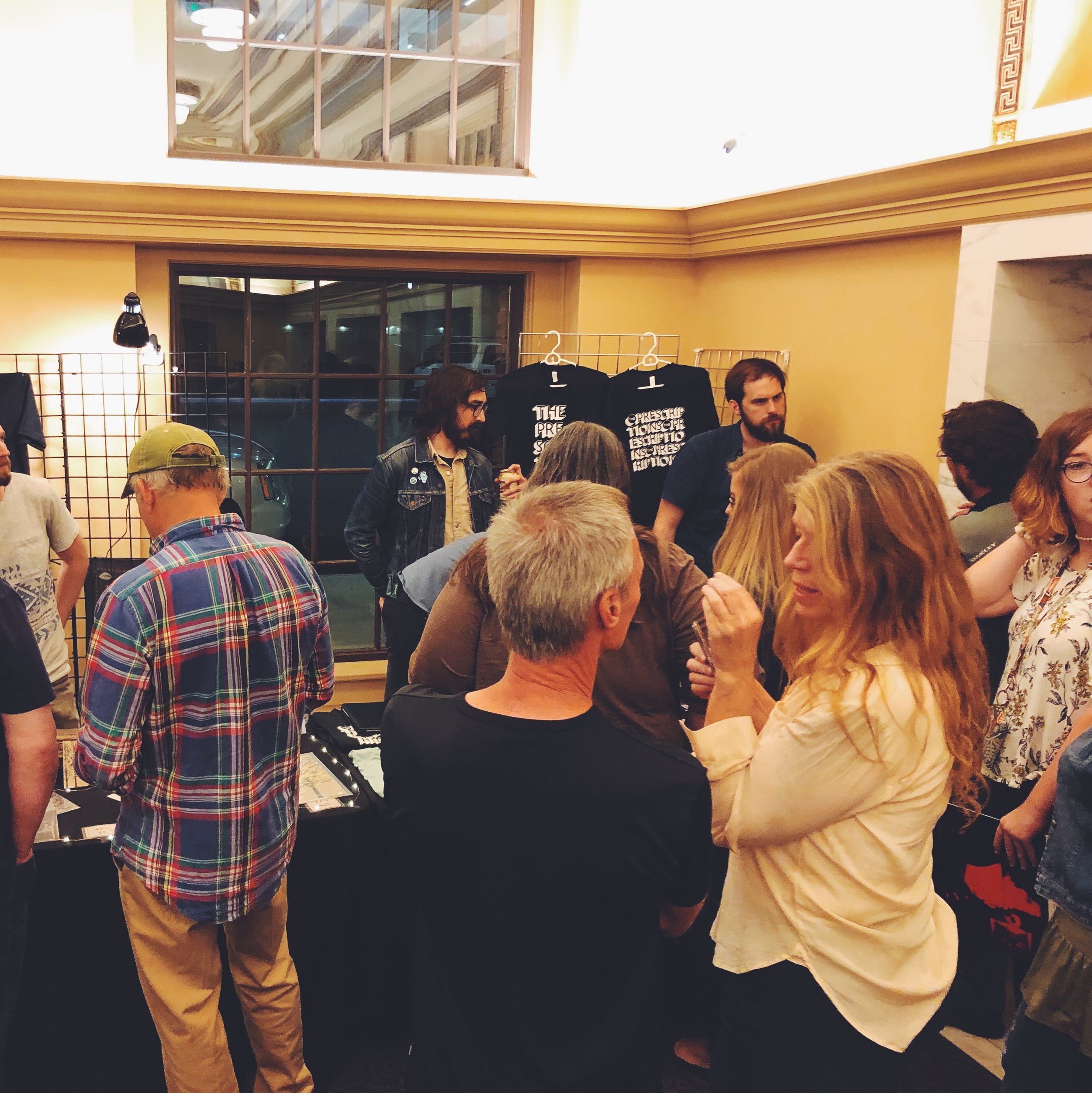Well hello!
I’ve never done anything like a Q&A on my blog before, mostly because (if I’m being totally honest) these things seem like a bit of an exercise in vanity. But, I have been so excited and fortunate to see a big uptick in Instagram followers/blog readers (hey!) since the return of my ridiculous Insta-show, The Bachelor Corner, so I thought it might actually be informative to introduce myself more formally and answer some Q’s!
Forgive in advance the amount of mommy talk - that’s what you get when you’re almost 8 months pregnant and ask people if they have any questions.
Q. Are you doing things differently this time to prepare for labor/birth?
Yes! With Mac, my birth plan was basically “Show up to the hospital and let the medical professionals take it from there.” Because Jordan works in healthcare and I love my OB, I had/have a strong sense of confidence in the medical community. Mac’s birth went pretty sideways (you can read more about that here), and because of that, we’ve elected to be a little more proactive in the planning of the birth of our second baby. I don’t want to be too detailed until the delivery is over and done with out of an abundance of caution (and just weird juju that it seems better not to talk about too much?), but suffice it to say that plans are IN. PLACE.
Q. How did you and Jordan meet?
We actually went to college together at Birmingham-Southern in Birmingham, Alabama - it’s a pretty small, liberal arts school, so there was no way we wouldn’t have known each other. We were also both Greek, so we were thrown together in plenty of party scenarios. But I didn’t actually know him know him - he was just an acquaintance, and actually, the whole time we were in school, he was seriously dating a sorority sister of mine who was a couple of years older than me, so we had no reason to really know each other well.
The extremely classy (LOL) truth is that at a homecoming event after we’d both graduated (he’s a year older than I am), I drunkenly grabbed onto Jordan with a beer in one hand and a hot dog in the other because I thought he was my best friend, Wes. They weirdly look a lot a like and are similar heights, so from behind (and from behind my beer goggles) it was an easy mistake to make. Then I realized it was Jordan Scott, who I immediately complimented (“Jordan SCOTT! Lookin’ GOOD!”) and the rest was history. We spent the rest of the evening talking and hanging out, did a late-night run for a bunch of friends (we still joke that our first date was a Wendy’s drive-through), and he watched me eat two back-to-back Jr. Bacon Cheeseburgers. Ah, young love. At the time, I was in my second year of Teach For America in Huntsville; Jordan had just started his third year of dental school at UAB, and we dated long-distance for a year and a half before getting engaged and married in 2014. Lightning fast, but when ya know, ya know.
Two young, skinny humans. Well, the skinny is just me. Jordan was regular. But we are young. Circa 2014!
Q. Did you have gestational diabetes with Mac?
No, but I know I’m getting this question because I talked about going in for my glucose test on Instagram, so here’s what I’ll say about this: there are so many things related to pregnancy that often feel really shaming in the moment, and if you have GD, IT’S ALL GONNA BE OKAY. Don’t let it ruin your experience because you think you’ve failed in some way! Everybody (literally every body) is different. No judgment, sister. You’re carrying a human and doing awesome.
Q. Are you finding out the gender of baby #2?
We know!! Eeeep! But we’re trying to keep relatively mum about it until the baby is here. Just makes it more fun. We also have already chosen a name, which is WAY WAY WAY harder to keep to myself for some reason. I’ve almost blabbed it countless times to my parents or on Stories.
Q. Any advice for recent Asheville transplants? Just moved there from the Big Apple!
WELCOME! Asheville is the best. I need to put a blog post together on this topic because I get this question constantly. There are so many fun things to do, so much beer to drink, so many outdoor opportunities to take advantage of. Some things are tagged as “Asheville” in my blog, so if you search, you’ll come up with a relatively good list!
Q. How did you know you were ready for baby #2?
Jordan and I are both firm believers in the “there’s never going to be a perfectly right time to do anything” school of thought. There is never going to be a perfect time to have a baby. Know why? A baby is a HUGE deal and rocks your entire life, no matter how “together” you feel like you’ve got it. If you’re waiting to make a major life decision based on some external factor falling into place, it seems to me you may be waiting for a while. For us, life isn’t about having all the pieces of the puzzle put together - we just go with our guts and take it from there. .
The biggest thing we wanted to try and manage was the age difference between the two kids - not too close, but not too far - so we thought hitting somewhere between 2 1/2 and 3 years of difference would work for us. That’s a personal choice for every couple, and Jord and I made that call based on our age differences with our siblings (we’re both oldest children with roughly 3 years of age difference between us and our next siblings). Mac and this baby will be almost exactly 2 1/2 years apart. YAY!
So the answer is - I’m not ready and I won’t be ready even on the day the baby gets here. But I have confidence that, just like with Mac, or marriage, or a new job, or a move, or whatever else, we’ll figure it out as we go along.
Q. How do you like being a stay-at-home-mom?
WHEW. Oh, so many ways to answer this!
First, let me just say that being a parent is hard work. Whatever your situation - working mom, stay-at-home-mom (SAHM), a little of both, nanny, no nanny, etc. - it is hard to be a parent. So I think we all get a little tip of the hat!
Being a SAHM has been super interesting for me. For most of my life, my own mom was a SAHM, so that’s the template I had to work from. I now realize and appreciate just how hard it is and how amazing she was at it, taking the time to make our lives so special and curated on a daily basis (thanks, April!!). It is a huge gift to be able to watch every moment of your child’s development as they learn all about the world around them and become more independent. Even on my most stressful days, I don’t take that for granted. Mac is a magical angel who I marvel at on a daily basis.
It can also be a huge challenge to maintain a sense of identity and autonomy outside of your children. When each and every day revolves around what your child needs, your own needs can get lost or at least sidelined. Until Mac was 1.5, he was at home with me full-time, all day, every day. I look back on that season of life and am so proud of myself retroactively for how well we both did with that arrangement. Now that he’s in school 3 days a week from 8-12, I truly can’t imagine how I did things any other way. Those three days a week are crucial for me to get things done, keep a clear mind, and devote my time to things that have nothing to do with being a parent. With those breaks (and frankly even smaller breaks, like when I run out to get my nails done and Jordan has Mac on a weekend), I find myself so refreshed and excited to re-engage.
It’s sometimes really hard when people assume that, because I stay at home, I have no other interests or ambitions outside of my child. Don’t get me wrong - I love to talk about Mac, but I also am a fully formed person completely separate from being a mom. Everyone feels differently about this, but I don’t find my entire identity or self-worth in being a mother. I have dreams and desires for my life that preceded Mac’s birth and that still fuel me. So if you’re a friend to a SAHM, make sure you’re asking about her dreams! It’s so important.
It’s a funny line to walk, as with many things about being a mom - the grass can seem greener on the other side. Sometimes, SAHM’s would kill for the level of independence of a working mom - other things to think about, social interaction with other adults; sometimes working moms would die for the luxury of being at home with their children full-time. For me, it’s a lesson in withholding judgment about anyone’s circumstance because we simply cannot know how hard someone else’s life is until we’ve lived it ourselves.
I think many people (and I’m sorry to say, a lot of them are men) assume that not working and being at home with kids is easy. It is NOT. That doesn’t mean it’s not wonderful - it just means it’s hard work. I have deep respect for all the mamas out there making it work for them however that looks, once choice and one day at a time.
A PSA: if you’re a SAHM, my biggest piece of advice is to BE PROACTIVE. If you’re losing your mind at home and are out of ideas, consult The Busy Toddler on Instagram. Find another parent who’s really good at outings and latch onto them. Be super brave and go to a playgroup. Try swim lessons. If you’re feeling anxious or depressed, ASK FOR HELP. There are childcare options that are so inexpensive it would melt your brain. Get what you need. It is not selfish to take time away from your children or to invest in yourself. You can’t pour out of an empty cup. Don’t let life crush you because you’re too proud to ask for help. You’ve had baby poop in your hair, girl. Tell the truth. Don’t be a hero. Go to the nail salon.
Wow, okay. Apparently had a lot to say about that.
What do you think you’d want to write a book about, if you know that yet?
One of my great dreams in life is to publish a book! I have always thought I’d want to do a book of essays (essentially just capsule stories about nothing - probably nonfiction - that would make people laugh or relate in some way). Lately, though, I’m realizing the thing that most interests me is human interest stories and how we all relate to each other. That’s why I’ve been publishing so many things like my vaccines post, this purity culture series I’m working on, essays about homosexuality and the church - it’s just endlessly fascinating to think and write about how we all relate to one another.
Where are you from?
Originally from Decatur, Alabama! Lived there until I was 18, then moved to Birmingham for college. Did 2 years of Teach For America in York, Alabama and Huntsville, respectively, then moved to Memphis to work for TFA, back to Birmingham to work for a small non-profit called A Plus Education Partnership, then got married and moved to Asheville!
Have you explained your tattoo? What is it?
No, I haven’t! To be honest, I was really self-conscious about it when I first got it and didn’t want to make a “thing” of it, so it I just never mentioned explicitly. As with most tattoos, I’ve learned, its origin is long story, but the most important nugget is that Jordan and I were/are huge fans of The Office. The tattoo itself is something Jordan unwittingly sketched, thinking it was going on a card to a friend, to symbolize the line when Michael talks about the fact that he and Holly are “soup snakes,” AKA soulmates. So the actual art is a drawing of a bowl of soup with two noodle “snakes” coming out in the shape of a heart. I actually often forget I have it because it’s on the outside of my wrist where I can’t see! I wanted it in the most subtle possible ink color and style, and I’m really happy with how it turned out. It was a surprise for Jord for Christmas 2 years ago.
What made you start doing The Bachelor Corner?
Oh, The Bachelor Corner. That old gal. When I started this blog in 2015, for some reason I got on a wild hare about recapping The Bachelor as part of what I wrote (at that point I was child-free and writing a post EVERY DAY). I would get up at 5 AM, watch the episode on Hulu, take notes, then go back and screen grab the moments I wanted to talk about. Then I would write the post itself in bullet-point recap form, insert the images, and publish. Including watching the show, the whole process took about 4-4.5 hours every Tuesday morning.
After Mac was born, I shut down the Bachelor Recaps (which are still available on my blog under the “Pop Culture” tab up top!), but really missed the silliness and engagement it brought. So I tried to come up with a way to do those sorts of posts again, but it continued to feel too time-consuming. Cut to: me sitting in the floor talking to my phone.
To be honest, it’s one of the things I’m most insecure about doing because of how goofy and inconsequential it is. I’m very aware that no one asked for it, so one of my constant thoughts is, “Why are you doing this? Nobody asked for your opinion, MC.” But the more I’ve done it, the more I get DM’s that say it makes people laugh or gives them a break in their Tuesday mornings, and that’s worth its weight in gold to me. To be able to offer someone a little levity and fun is hilarious.
The other piece is that I truly LOVE the human component of the show - these people making bizarre choices and saying insane things just gives me life. And above all, we contain multitudes - who says you can’t enjoy the horror that is reality TV while also having informed opinions about politics, feminism, and religion? That’s why the tagline of my blog says what it does - you deserve to have access to it all, all at once.
I also hope that people will actually continue to read my blog, though! That’s where my real passion lives.
—
Okay - this was really fun! Hope it was fun and informative for y’all - maybe we’ll do it again next quarter.















